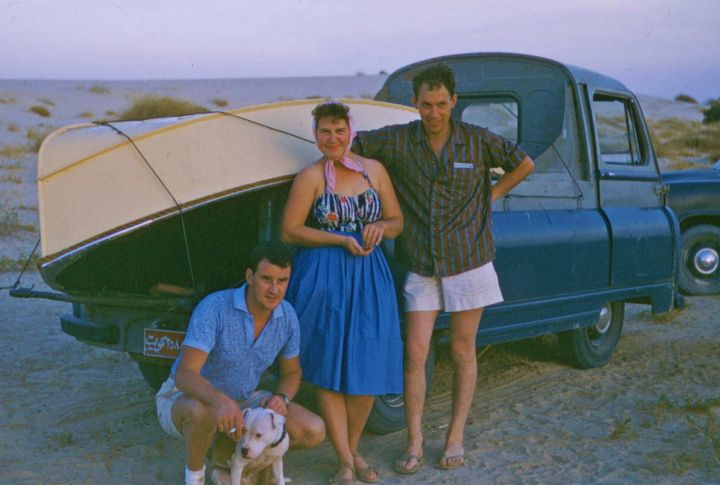
There was a time when vacation didn’t feel like a checklist. Families just packed up and trusted the journey. Nothing felt urgent, yet everything felt exciting. Somewhere along the way, that looseness faded. These long-lost habits from 1960s vacations tell a quiet story about how Americans used to hit the road.
Seatbelts Were Rare In Family Cars
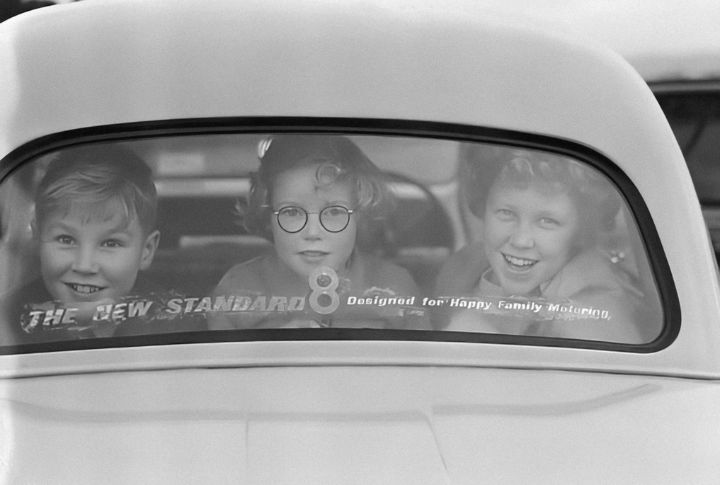
Back then, seatbelts weren’t part of the plan. Most kids rode loose in the back without a second thought. Although federal law required seatbelts in 1968, few used them until the 1980s. By 2021, usage had climbed to 90.4% nationwide.
Road Trips Were Mapped Out With Paper Maps
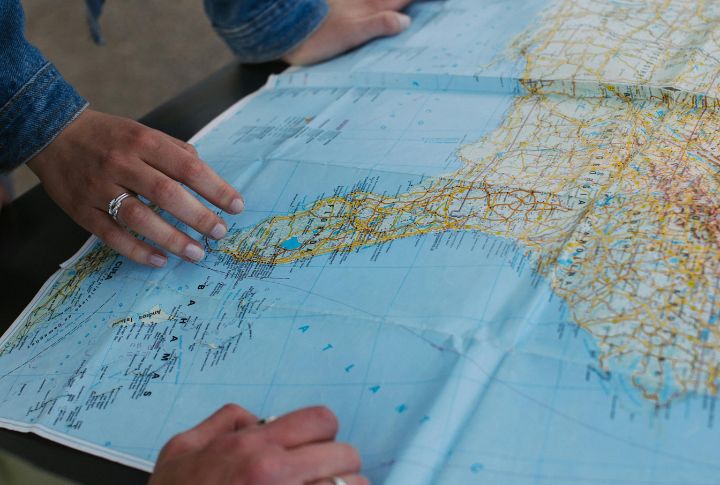
Long before GPS and talking phones, road trips leaned on paper. Families planned routes using folded maps, while Rand McNally atlases sat nearby. In fact, gas stations often served as guideposts. Over time, technology replaced the ritual, and the dashboard map shuffle quietly faded away.
Homemade Meals Were The Norm On The Road
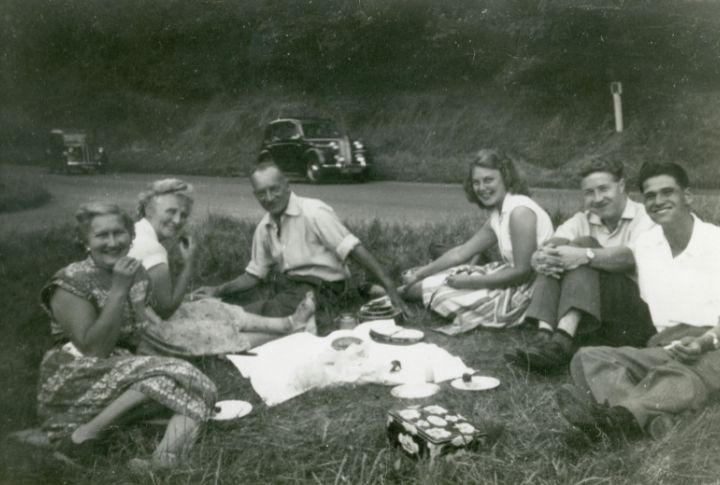
Once fast food chains grew rapidly in the 1970s, roadside eating began to change. Families who cherished picnic stops with deviled eggs and sandwiches noticed the shift because between 1970 and 2000, the number of homemade meals declined. So, gone are the days of leisurely roadside picnics—modern rest areas cater to speed and fuel.
Motels Were Chosen By Their Neon Signs
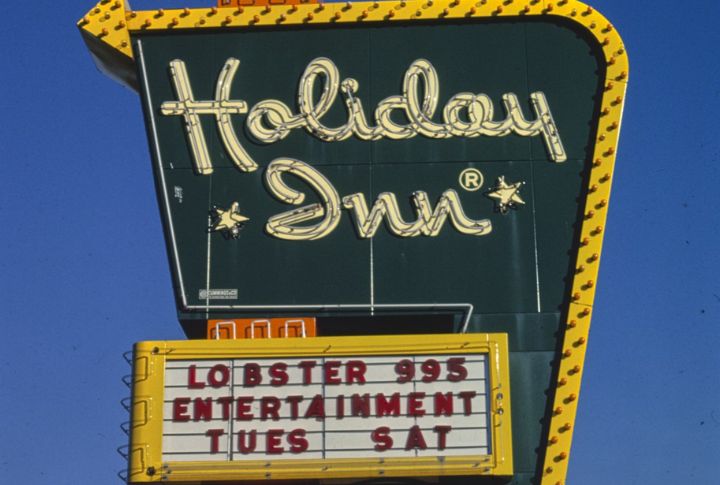
Do you ever wonder how vacationers decide where to stop along the highway? The answer glowed right above the road. Long before chains took over, families trusted neon signs and oddball charms to lead them. That all changed when Holiday Inn brought structure and consistency to the roadside experience.
Postcards Were A Vacation Staple
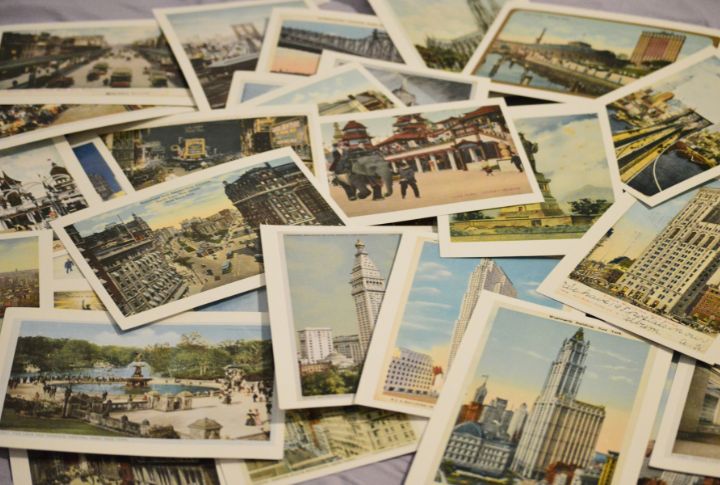
The tradition of mailing postcards quietly faded as digital messages took their place. In the 60s, handwritten notes from vacation were a given. In fact, Curt Teich printed millions annually. But by 2020, mail volume in the U.S. had dropped by over 73 billion pieces.
Drive-In Theaters Were A Family Favorite
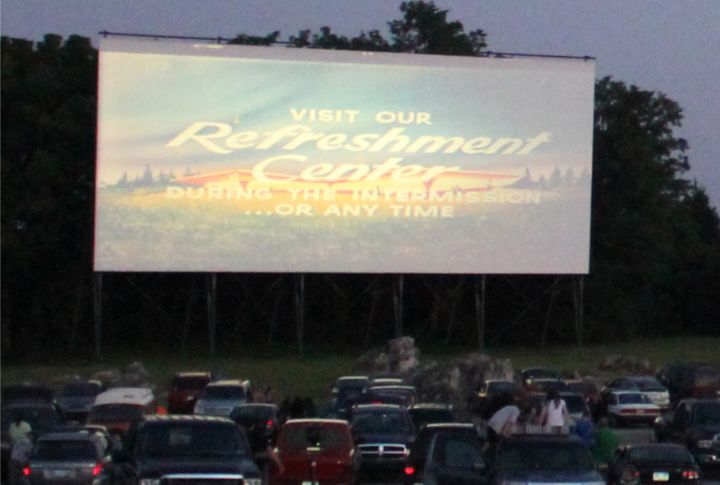
Summer nights once meant rolling into a drive-in with snacks and sleepy kids in pajamas. By 1958, more than 4,000 of these theaters lit up small towns across the country. Although most have vanished, the pandemic brought a brief revival. Today, only a few hundred remain in operation.
Traveler’s Cheques Were The Safe Way To Carry Money
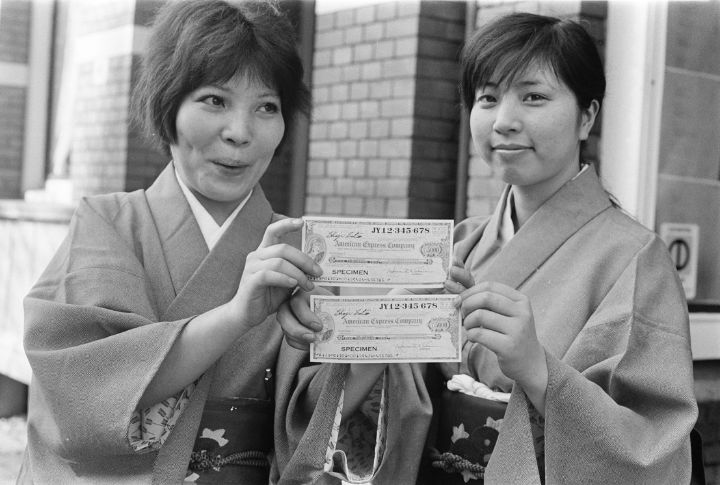
As credit cards and digital wallets gained ground in the 1990s, traveler’s cheques saw their popularity fade. Banks began phasing them out by 2014. However, they had offered peace of mind with easy replacements in case of theft. In the 1960s, American Express had also made them the go-to travel essential.
Holiday Camps Had Quirky Family Contests
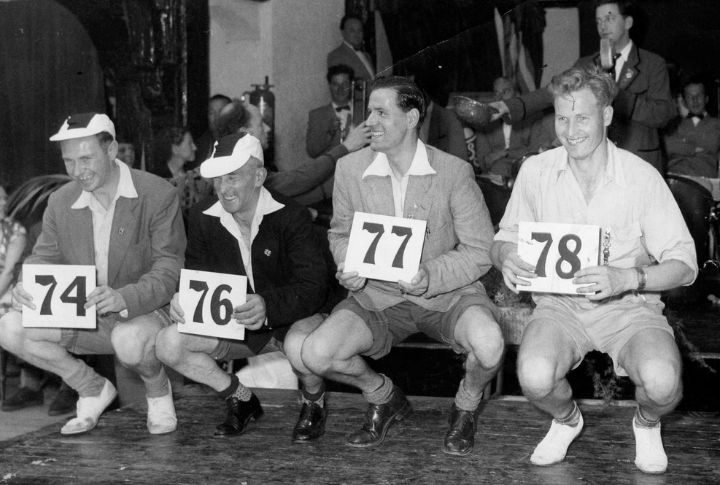
In the Catskills, holiday camps once kept families busy with playful contests and packed schedules. As personalized travel took off in the 1980s, those quirky traditions faded. Sociologists say the rituals built strong family bonds, and many remember the camps as offering more than just a change of scenery.
Sunburns Were Seen As A Sign Of A Good Vacation
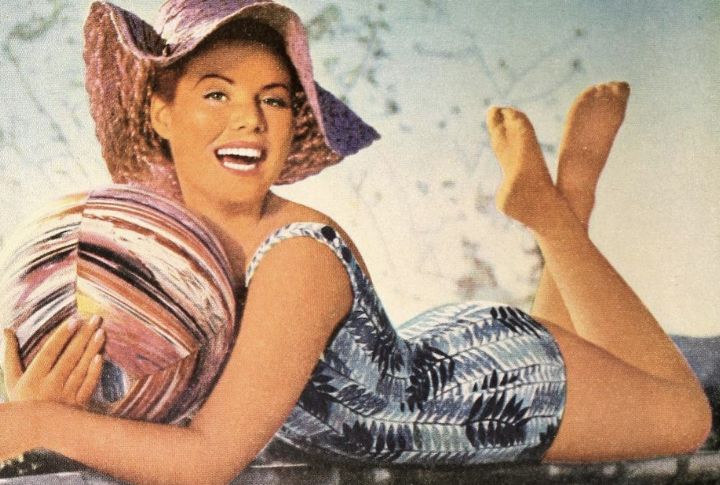
Sunscreen barely got a mention. Coppertone ads in the 1960s showed sun-kissed glamour, not warnings. Tanning was praised, and SPF education was scarce. Now, the CDC links overexposure to skin cancer. And by the late 1990s, sunscreen labels had finally reflected the growing awareness of sun-related health risks.
Vacations Were Entirely Family-Oriented
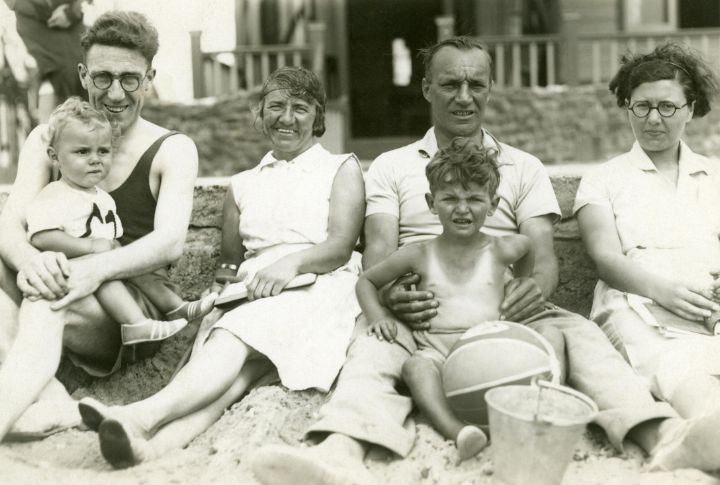
Togetherness took center stage on most 1960s vacations. With families and even extended ones packed in a single car, road trips became moving reunions. These days, solo and experience-driven travel are more common. But back then, being together was the reward.
